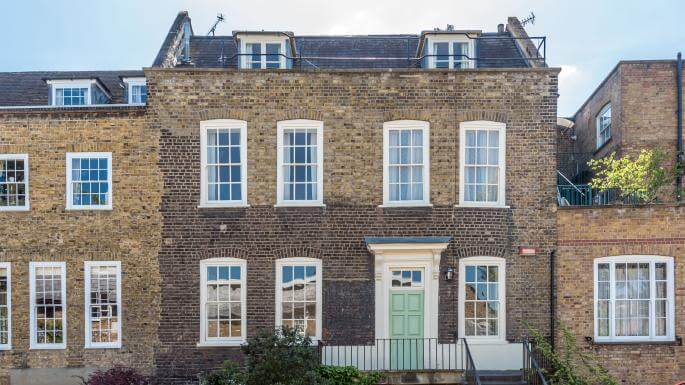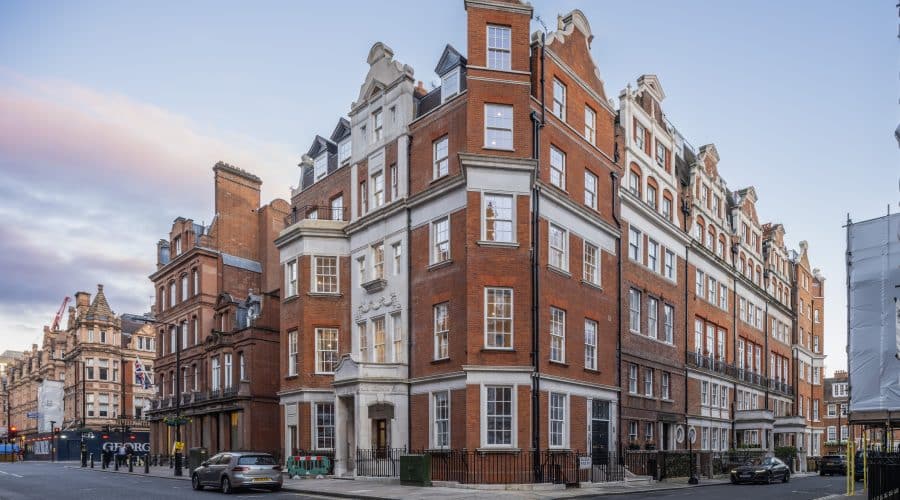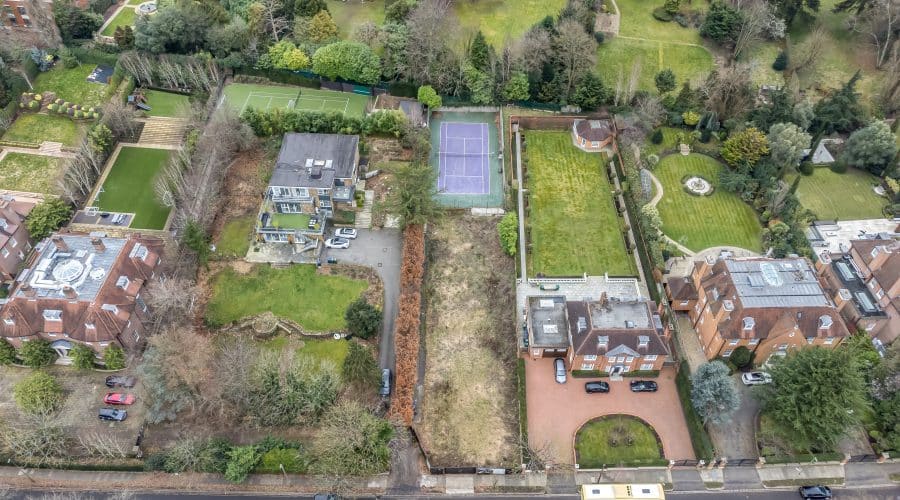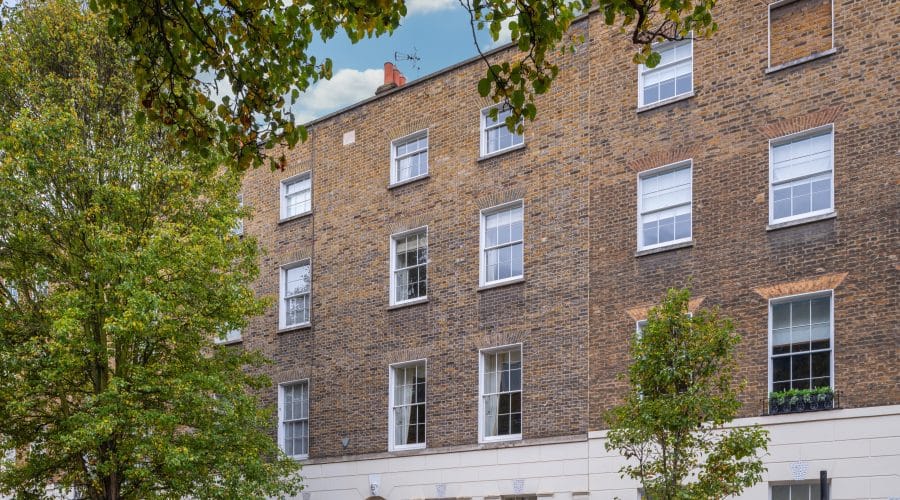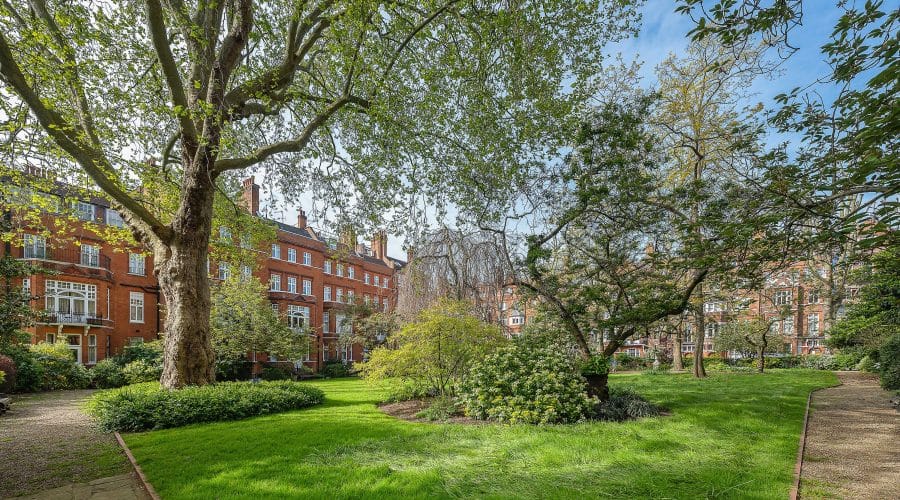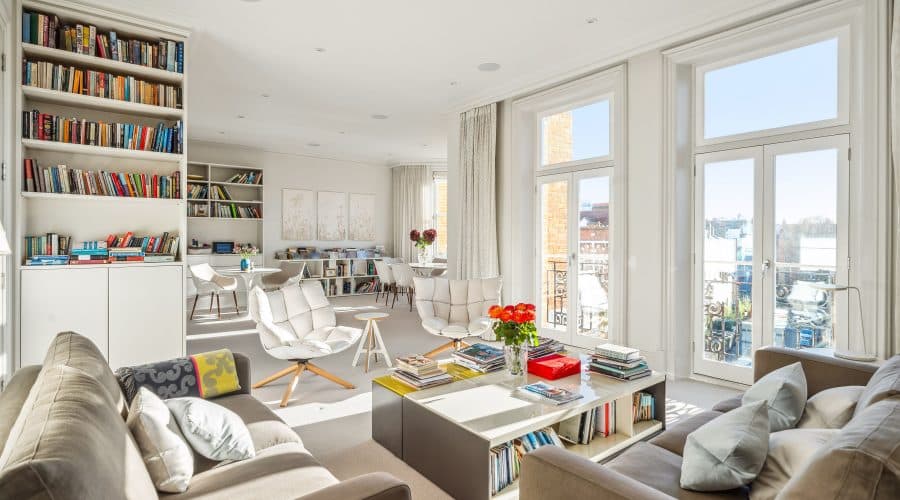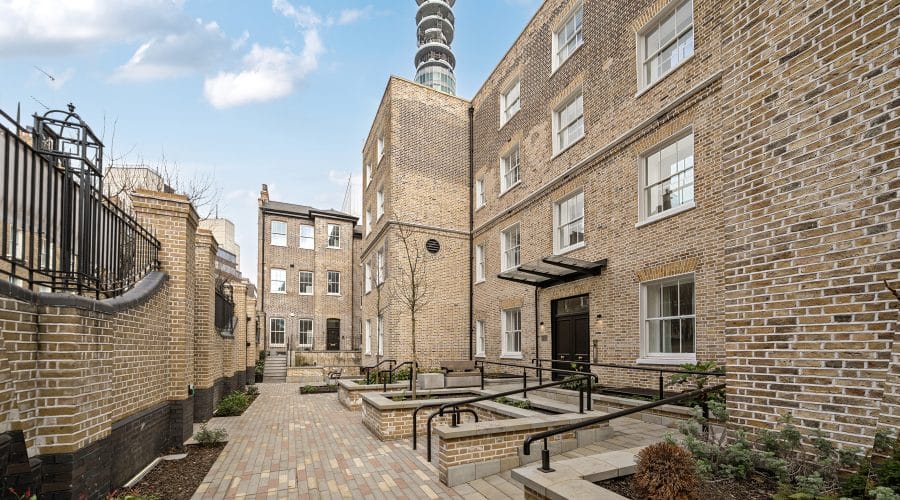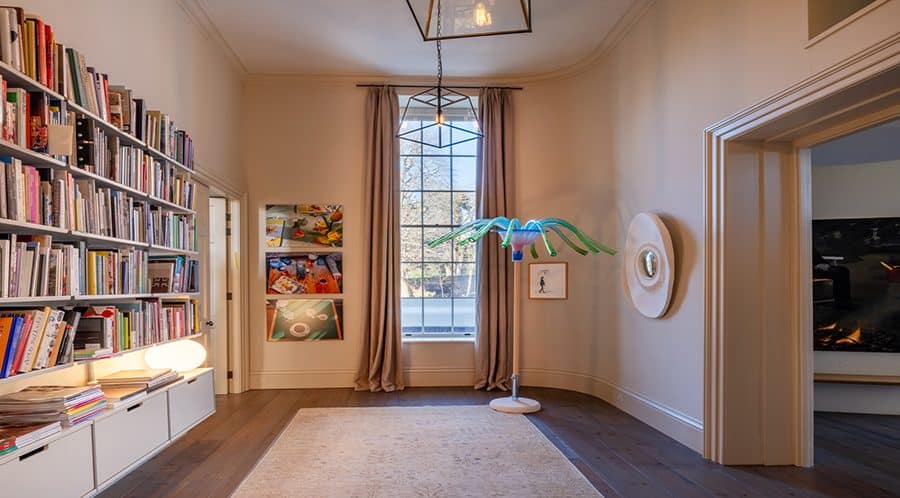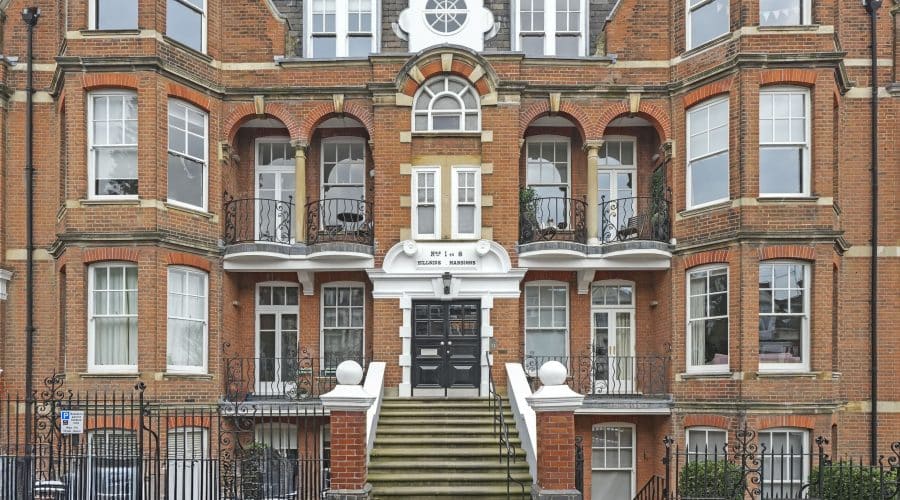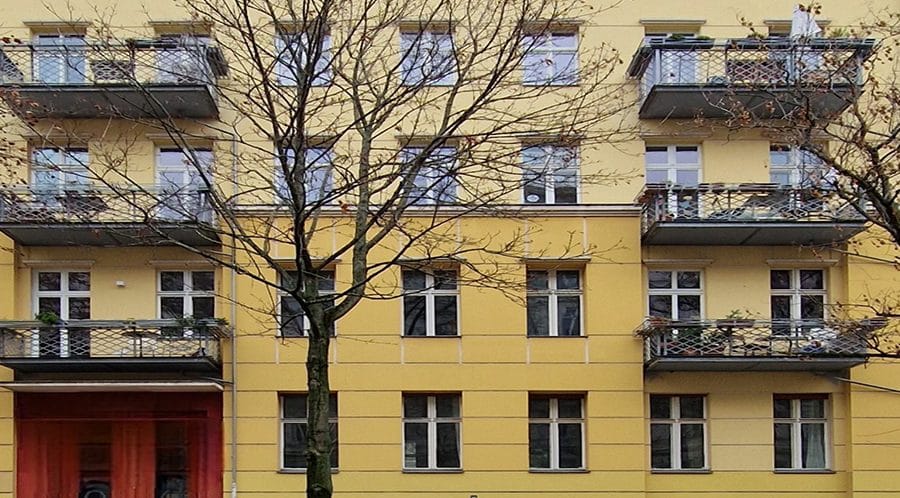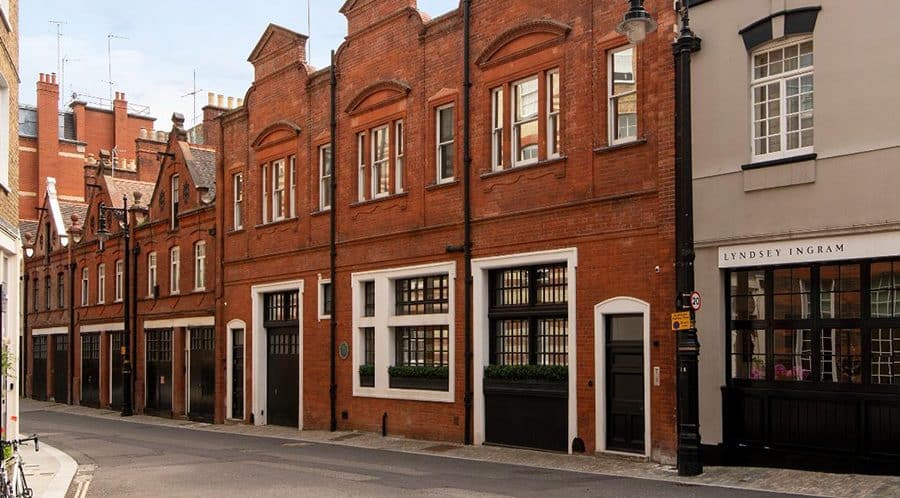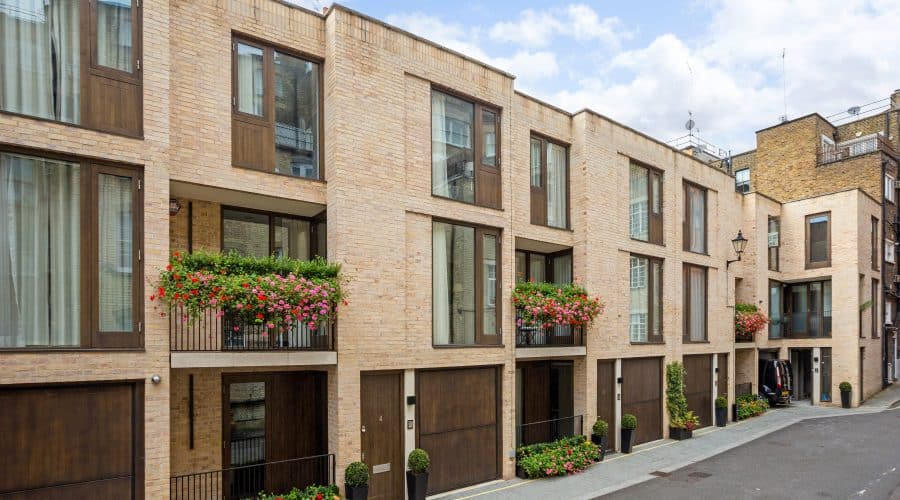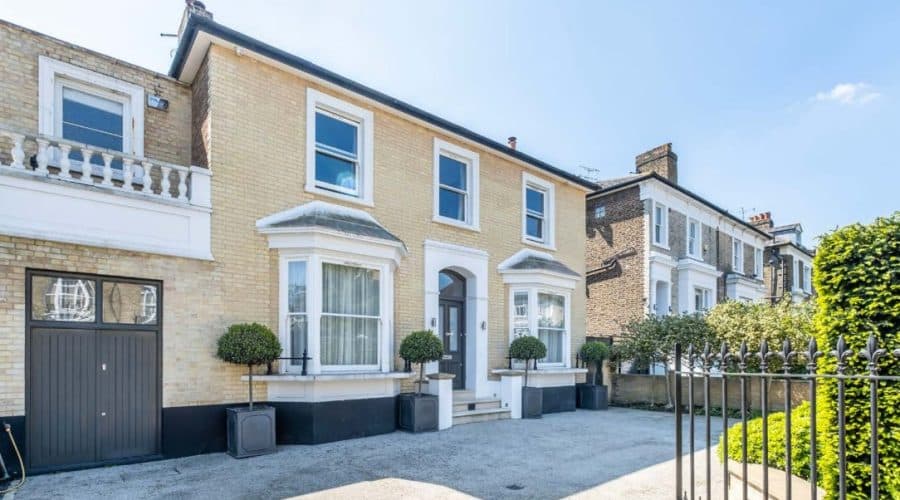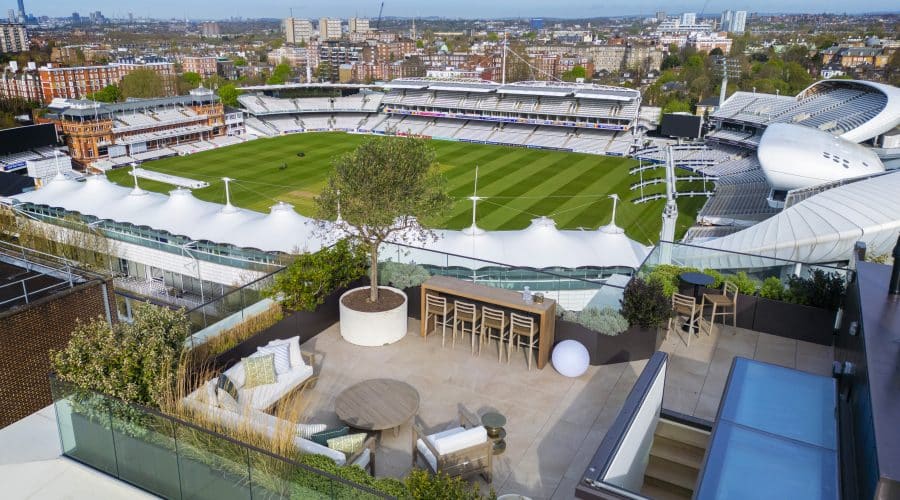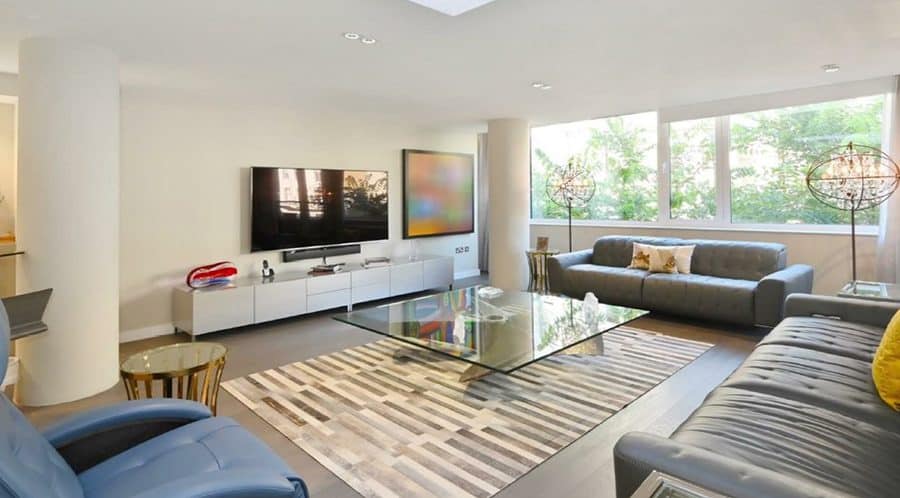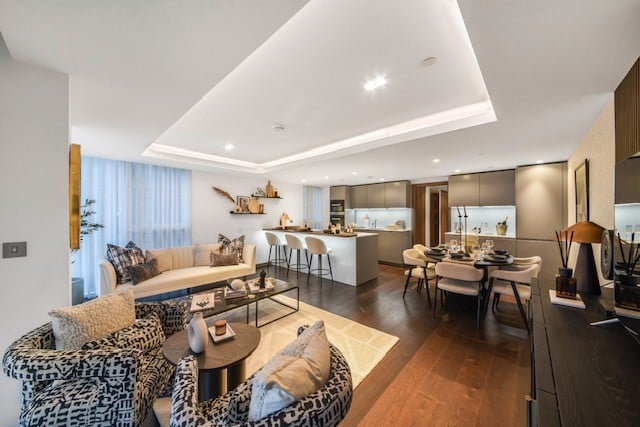By Jane Dowle
The windows need replacing and there’s a big crack in the drawing room ceiling, but this won’t deter the growing number of buyers seeking distinguished but dilapidated properties to make their own.
In central London and other popular spots, where a buyer’s search radius can be as specific as one or two streets, distressed homes are extremely sought-after, says Noel De Keyzer, the head of Savills in Knightsbridge. “In particular favour are those which require full refurbishment because they allow super-prime buyers to tailor it to their own design and taste,” he adds.
These faded glories are an ideal opportunity for buyers to make money. “We recently sourced a property in Marylebone [northwest London] for a client that was for sale at £1,200 a square foot,” says Camilla Dell, the managing partner at Black Brick, a buying agency. “The buyer needed to spend £300 a square foot renovating it. However, when complete it will be worth upwards of £1,800 a square foot, making it a great deal.”
Camilla says that as sellers seek to release capital, there is an increase in suitable properties coming on to the market. “Many of these properties are in need of renovation,” she says. “They are often family properties owned for several generations and have gone up in value considerably since they were originally bought. Therefore, sellers are willing to take a deal.”
Outside of the capital, Marcus Gondolo-Gordon, a search expert at Incognito Property, a property consultancy, says that an increasing number of people are selling in London and looking for large properties to renovate, rather than build from scratch. “Adding their own design to a place comes without the pain of seeking planning and finding a suitable plot, plus the stress of bringing in services and drainage to a site,” he says. “Crucially, finding a well-priced ‘doer-upper’ has the additional benefit of saving a large sum on stamp duty land tax. Buyers can add value by renovating, extending, modernising and improving, using the funds they have saved by not paying as much in purchase tax.”
What can home improvers on more modest budgets learn from these grand renovators?
Get on the radar
The most promising renovation properties are snapped up immediately. Many don’t even make it to the open market, so are not advertised. “Make sure that you are front of the queue,” says Gondolo-Gordon. “Strike up a good relationship with agents and keep in touch to make sure that you are top of their list when new and interesting options come up.” You should ideally be pre-qualified, with your finances in place, so you’re ready to swoop. Cash buyers in rented or “under offer” situations are seen as “hot” and are more likely to get first refusal.
Establish priorities
“Picking a property, with ‘good bones’ and lots of daylight is far more important than looking for specific features,” says Charles Bettes, the managing director of Gpad London, an architecture and interior design company. “A well-proportioned space can be made to feel homely and is enjoyable to spend time in, but an odd-shaped room with low ceilings can be hard to make beautiful. Somewhere without enough daylight will never be comfortable.” Before you make an offer, visit at different times of the day to see how the light falls.
Financial facts
Don’t let your imagination run away with your budget, warns Harry Gladwin, a partner at the Buying Solution, a buying agency. “When you’re preparing to make an offer, you need a full picture of faults and challenges. Key areas of focus will be the ecology of the property, such as whether bats inhabit the main house or outbuildings, and the use of hazardous materials such as asbestos; we were recently able to negotiate £150,000 off a £7 million country manor house because of asbestos.”
Planning permission
Beware of restrictive covenants, ancient light, access or easements rights, and listing and conservation area restrictions, any of which may scupper or escalate the costs of an ambitious renovation plan, according to the London-based architect Neil Tomlinson, who specialises in high-end refurbishments. “With any older building, you should also check at the outset for any structural defects, often betrayed by settlement cracks,” he says. “A slow descent down a dilapidated mineshaft might mean the best bits of the property have to be demolished.”
Let it breathe
The smell of fresh paint in a renovation sale puts David Shaw, an architecture specialist at Savills, on high alert. “It’s worth checking further for signs of damp and water ingress that have been hastily covered up,” he warns. “The mechanics, electricals and ventilation are key aspects in any renovation and one of the most expensive to rectify. Inspect the boiler room and electricity circuitry and make sure all are compliant. And if you suspect the garden has been back-filled over the years, check that no air vents have been blocked — this is a main cause of damp.”
Now it begins
You’ve completed the sale and the project is yours. But where to start? Rather than running amok with the sledgehammer smashing down walls, plan your restoration in elements. “Mentally break the house down into manageable sections that will not overwhelm you,” says James Nason, who recently renovated his home, the 16th-century, 60-room Pitchford Hall near Shrewsbury in Shropshire, turning the west wing into holiday lets (cottages.com). “Invariably, there will be problems, but taking it room by room reduces stress and eases cash flow.”
Make an entrance
If you still don’t know where to start, focus on the front door, says Caroline Takla, the director of One Point Six, a London developer. “Sweeping drives, historic entrance gateways and lovely heavy front doors, with vintage door-knockers, give the feeling of grandeur,” she says. “Borrow this by paying close attention to the entrance hallway and space around the landings. These are the areas that ultimately give an air of space and elegance. Wide staircases in particular can add instant splendour.”
Look up
If your property is across multiple levels, see if it presents an opportunity to open up floors, volumes and voids to create imposing double-height rooms and mezzanines. This approach is guaranteed to add the wow factor, says Jonathan Ashmore, the founder of Anarchitect, an architectural practice. “You can create a more open, connected series of living spaces that reflect modern living needs and allow you to retain the heritage, such as original fireplaces.”
Inside out
An ambitious but achievable trick is to bring together indoor and outdoor spaces. “You might consider an inner courtyard or light well at the centre of the property,” Ashmore says. “The beauty of this is the deep natural light penetration, but also that the space has the potential to really feel like an extension of the interior space, either as a winter garden or open to the sky in the summertime.”
Access accessories
The interior designer Karen Howes, founder of the luxury interior design company Taylor Howes, favours the “designer shoes and handbags” approach. “This is when you couple particular pieces with an M&S T-shirt, meaning that you spend your budget wisely, accessorising in the right places,” she explains. For instance, quality flooring throughout creates an impression of being seamless. A large, signature piece of art can cut back on acres of expensive wallpaper, or obviate the need for a crushingly expensive “statement” light fitting in a room.
Be bold
While state-of-the-art gyms and infinity swimming pools may remain the preserve of those with limitless budgets, be bold, Ashmore says. “Even in a more modest project, rather than adding excessive bedrooms, think about incorporating areas that you will enjoy and use, such as a yoga studio, an artist’s retreat or en suite bathrooms in the children’s bedrooms, which are incredibly practical, too.”
In central London and other popular spots, where a buyer’s search radius can be as specific as one or two streets, distressed homes are extremely sought-after, says Noel De Keyzer, the head of Savills in Knightsbridge. “In particular favour are those which require full refurbishment because they allow super-prime buyers to tailor it to their own design and taste,” he adds.
These faded glories are an ideal opportunity for buyers to make money. “We recently sourced a property in Marylebone [northwest London] for a client that was for sale at £1,200 a square foot,” says Camilla Dell, the managing partner at Black Brick, a buying agency. “The buyer needed to spend £300 a square foot renovating it. However, when complete it will be worth upwards of £1,800 a square foot, making it a great deal.”
Camilla says that as sellers seek to release capital, there is an increase in suitable properties coming on to the market. “Many of these properties are in need of renovation,” she says. “They are often family properties owned for several generations and have gone up in value considerably since they were originally bought. Therefore, sellers are willing to take a deal.”
Outside of the capital, Marcus Gondolo-Gordon, a search expert at Incognito Property, a property consultancy, says that an increasing number of people are selling in London and looking for large properties to renovate, rather than build from scratch. “Adding their own design to a place comes without the pain of seeking planning and finding a suitable plot, plus the stress of bringing in services and drainage to a site,” he says. “Crucially, finding a well-priced ‘doer-upper’ has the additional benefit of saving a large sum on stamp duty land tax. Buyers can add value by renovating, extending, modernising and improving, using the funds they have saved by not paying as much in purchase tax.”
What can home improvers on more modest budgets learn from these grand renovators?
Get on the radar
The most promising renovation properties are snapped up immediately. Many don’t even make it to the open market, so are not advertised. “Make sure that you are front of the queue,” says Gondolo-Gordon. “Strike up a good relationship with agents and keep in touch to make sure that you are top of their list when new and interesting options come up.” You should ideally be pre-qualified, with your finances in place, so you’re ready to swoop. Cash buyers in rented or “under offer” situations are seen as “hot” and are more likely to get first refusal.
Establish priorities
“Picking a property, with ‘good bones’ and lots of daylight is far more important than looking for specific features,” says Charles Bettes, the managing director of Gpad London, an architecture and interior design company. “A well-proportioned space can be made to feel homely and is enjoyable to spend time in, but an odd-shaped room with low ceilings can be hard to make beautiful. Somewhere without enough daylight will never be comfortable.” Before you make an offer, visit at different times of the day to see how the light falls.
Financial facts
Don’t let your imagination run away with your budget, warns Harry Gladwin, a partner at the Buying Solution, a buying agency. “When you’re preparing to make an offer, you need a full picture of faults and challenges. Key areas of focus will be the ecology of the property, such as whether bats inhabit the main house or outbuildings, and the use of hazardous materials such as asbestos; we were recently able to negotiate £150,000 off a £7 million country manor house because of asbestos.”
Planning permission
Beware of restrictive covenants, ancient light, access or easements rights, and listing and conservation area restrictions, any of which may scupper or escalate the costs of an ambitious renovation plan, according to the London-based architect Neil Tomlinson, who specialises in high-end refurbishments. “With any older building, you should also check at the outset for any structural defects, often betrayed by settlement cracks,” he says. “A slow descent down a dilapidated mineshaft might mean the best bits of the property have to be demolished.”
Let it breathe
The smell of fresh paint in a renovation sale puts David Shaw, an architecture specialist at Savills, on high alert. “It’s worth checking further for signs of damp and water ingress that have been hastily covered up,” he warns. “The mechanics, electricals and ventilation are key aspects in any renovation and one of the most expensive to rectify. Inspect the boiler room and electricity circuitry and make sure all are compliant. And if you suspect the garden has been back-filled over the years, check that no air vents have been blocked — this is a main cause of damp.”
Now it begins
You’ve completed the sale and the project is yours. But where to start? Rather than running amok with the sledgehammer smashing down walls, plan your restoration in elements. “Mentally break the house down into manageable sections that will not overwhelm you,” says James Nason, who recently renovated his home, the 16th-century, 60-room Pitchford Hall near Shrewsbury in Shropshire, turning the west wing into holiday lets (cottages.com). “Invariably, there will be problems, but taking it room by room reduces stress and eases cash flow.”
Make an entrance
If you still don’t know where to start, focus on the front door, says Caroline Takla, the director of One Point Six, a London developer. “Sweeping drives, historic entrance gateways and lovely heavy front doors, with vintage door-knockers, give the feeling of grandeur,” she says. “Borrow this by paying close attention to the entrance hallway and space around the landings. These are the areas that ultimately give an air of space and elegance. Wide staircases in particular can add instant splendour.”
Look up
If your property is across multiple levels, see if it presents an opportunity to open up floors, volumes and voids to create imposing double-height rooms and mezzanines. This approach is guaranteed to add the wow factor, says Jonathan Ashmore, the founder of Anarchitect, an architectural practice. “You can create a more open, connected series of living spaces that reflect modern living needs and allow you to retain the heritage, such as original fireplaces.”
Inside out
An ambitious but achievable trick is to bring together indoor and outdoor spaces. “You might consider an inner courtyard or light well at the centre of the property,” Ashmore says. “The beauty of this is the deep natural light penetration, but also that the space has the potential to really feel like an extension of the interior space, either as a winter garden or open to the sky in the summertime.”
Access accessories
The interior designer Karen Howes, founder of the luxury interior design company Taylor Howes, favours the “designer shoes and handbags” approach. “This is when you couple particular pieces with an M&S T-shirt, meaning that you spend your budget wisely, accessorising in the right places,” she explains. For instance, quality flooring throughout creates an impression of being seamless. A large, signature piece of art can cut back on acres of expensive wallpaper, or obviate the need for a crushingly expensive “statement” light fitting in a room.
Be bold
While state-of-the-art gyms and infinity swimming pools may remain the preserve of those with limitless budgets, be bold, Ashmore says. “Even in a more modest project, rather than adding excessive bedrooms, think about incorporating areas that you will enjoy and use, such as a yoga studio, an artist’s retreat or en suite bathrooms in the children’s bedrooms, which are incredibly practical, too.”
